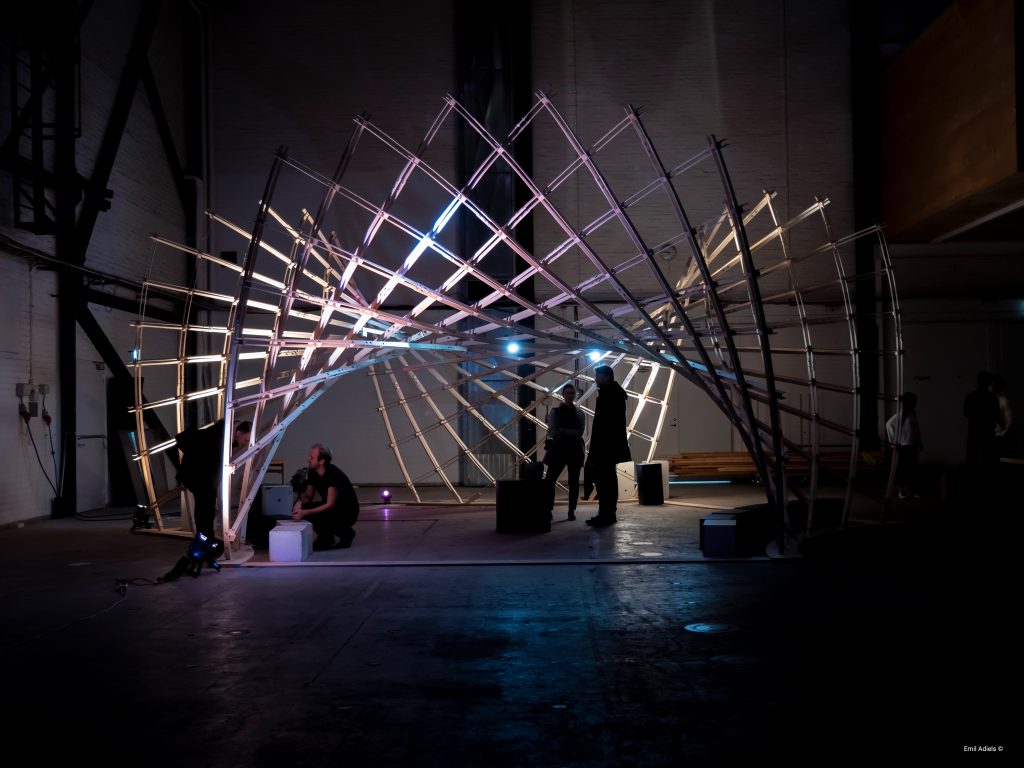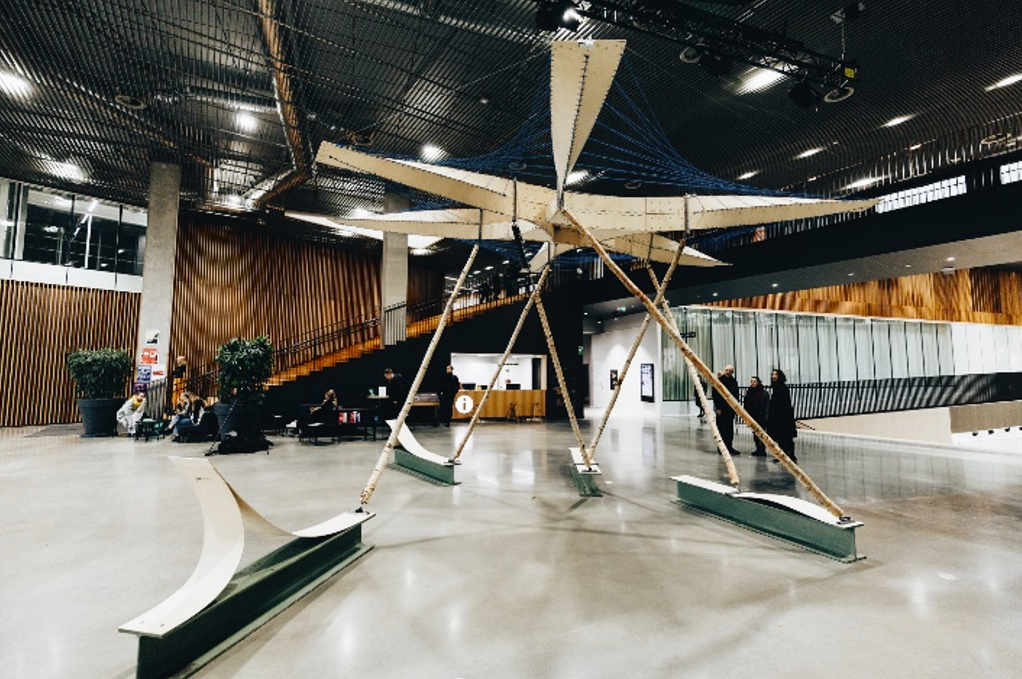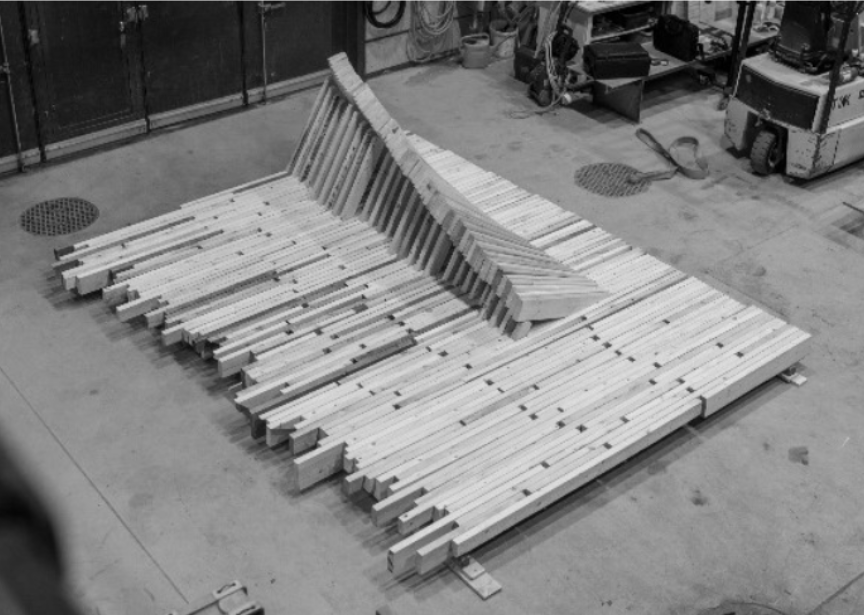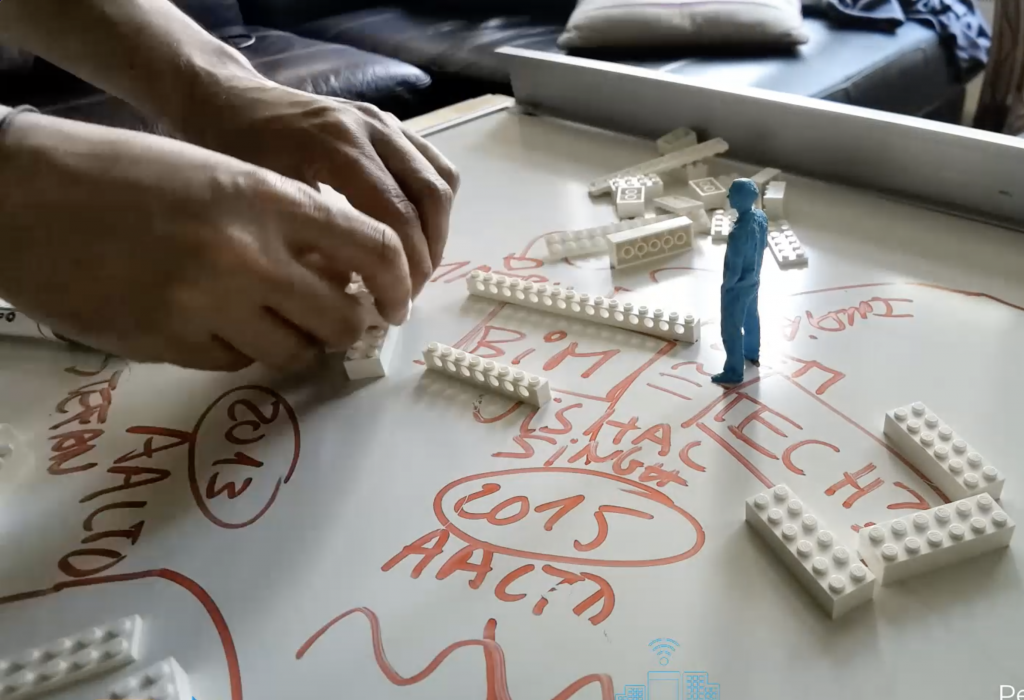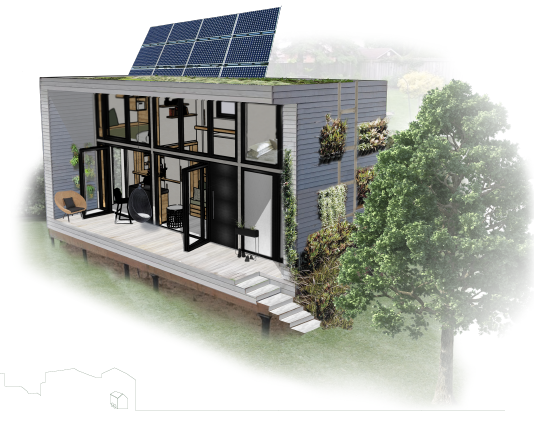About the Exhibition
Digital Exhibition Space
All ISP participants are offered individual exhibition space on the project webpage. The content-related requirement for being invited to exhibit is the ability to express the relation of the individual PhD/thesis project to the topics discussed throughout the four training programs (ISP1–ISP4) – Baukultur in the digital age, the role of Craft and Craftsmanship in the future digitally shaped built and living environment, the reflection on the Process, Knowledge and Material within your project as well as on the societal and individual values, the skills and tools required for our future work as professionals.
The formal requirement for receiving access to the exhibition space is the participation in at least one of the Intensive Study Programs (ISP) within the BuildDigiCraft training program. A special subsection called “Exhibition”3 is available on the project webpage. Every presenter has his or her own individual sub-page of the Exhibition section. The Exhibition space on the digital platform of the project remains available for further project upload and updates beyond the lifetime of the Erasmus+ project. Once the individual PhD/thesis projects of the BuildDigiCraft participants have been finalized, they can request upload of their work on the project webpage. A peer review from the BuildDigiCraft scientific committee is a prerequisite for publishing the work.
1) The BuildDigiCraft exhibition space contains the following components:
2) Introduction: About the Exhibition Space
3) Interactive Participants and Interest Hierarchy Map
4) Metaverse Gallery
5) Individual Subpage (for each uploaded thesis project)
Guidelines for the structure of the individual presentation
Exhibitors are asked to follow content guidelines in order to prepare their individual PhD/thesis project for presentation:
1) About the project: what is the project about? (keep the description clear and short)
2) Relation to the BuildDigiCraft project: how does the individual project contribute to the BuildDigiCraft project? Detailed instructions for the relation to the BuildDigiCraft project. Follow the task assignment below (based on the Preparatory Task 1, ISP3)
Process–Knowledge–Material reflection
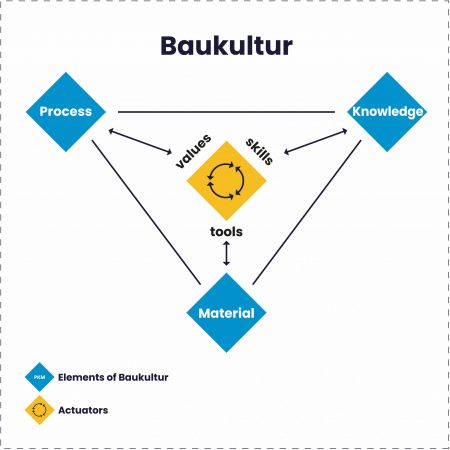
Analyze and reflect on your individual design and intervention project by answering the following questions:
a) What is the process, what is the material and what is the knowledge that you are addressing and using in your design project – and what is the Process, Knowledge and Material that you would like to derive from it? b) How do you see the relation between the Process, Knowledge and Material in the context of your work?
c) What are the values you are following and addressing in your project?
d) Which skills are you applying and which are the new skills that you are developing within
your project?
e) What tools do you use and plan to use?
f) Try to define the term Baukultur in your own words and in respect to your individual
project.
From here recommended categories (no obligatory order since an overlapping with Section 1 and Section 2 is possible)
3) Research background
4) Scale, aim & goals
5) Methodology & digital tools
6) Outcomes and results
7) Discussion and future vision
Submission format:
File formats: please use text, pictures and/or videos (YouTube embedding via the YouTube-BuildDigiCraft channel is recommended).
Text length: there is no strict limit on the character count, but we recommend between 5,000 and 10,000 characters including spaces.
Visual material: feel free to add all relevant pictures, drawings, videos or visuals you need in order to present your project – no space limitation (although a few restrictions in regard to the file size may be necessary in some cases).
Current status exhibition:
Upon date of this publication, five works are already showcased on the BuildDigiCraft webpage. Below you can find the list of the presented works.
List of presented works:
Emil Adiels
Engineering, M.Sc.Eng., M.Sc., B.Sc. Ph.D. in Architecture and Engineering
Chalmers University of Technology
emil.adiels@chalmers.se
www.emiladiels.com

